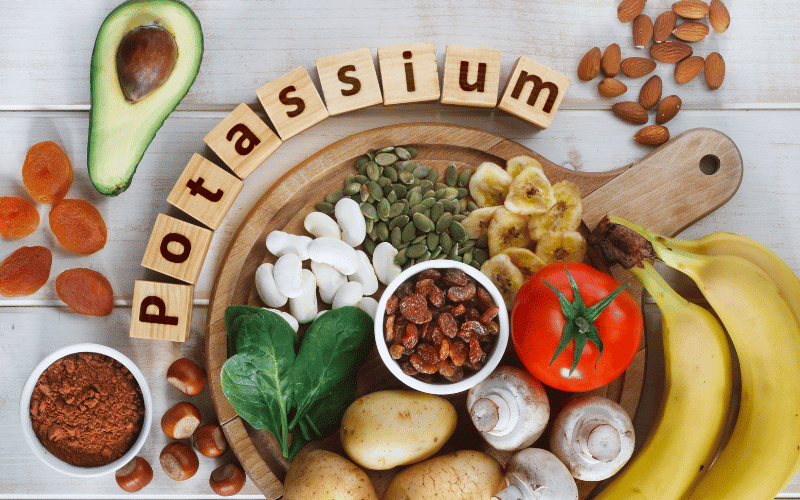2. Potassium Pitfalls: Balancing This Essential Mineral

The second food group to be cautious of when following a renal diet is potassium-rich foods. While potassium is an essential mineral for the proper functioning of cells, tissues, and organs, individuals with kidney issues need to carefully monitor their intake. Excess potassium can build up in the blood, leading to a dangerous condition called hyperkalemia.
To manage your potassium intake, avoid foods high in potassium, such as bananas, potatoes, tomatoes, and spinach. Instead, opt for lower-potassium alternatives like apples, green beans, and cauliflower. It’s also important to read food labels and check for potassium content, as some processed foods may contain added potassium.
In addition to watching your diet, you may need to discuss potassium-lowering medications with your healthcare provider if your potassium levels remain high. These medications can help maintain a healthy balance of potassium in your body.
Another helpful strategy for managing potassium intake is to practice portion control. By consuming smaller portions of potassium-rich foods, you can still enjoy the nutritional benefits without putting your kidney health at risk. Remember, moderation is key.
When cooking at home, you can also reduce the potassium content of certain foods through a process called leaching. To leach potassium, cut vegetables into small pieces, rinse them thoroughly, and then soak them in water for several hours before cooking. This process can help draw out some of the potassium, making the food safer to consume as part of a renal diet. (2)